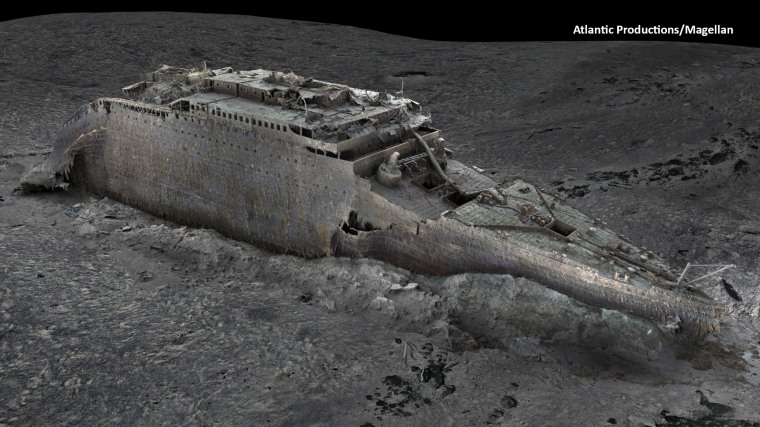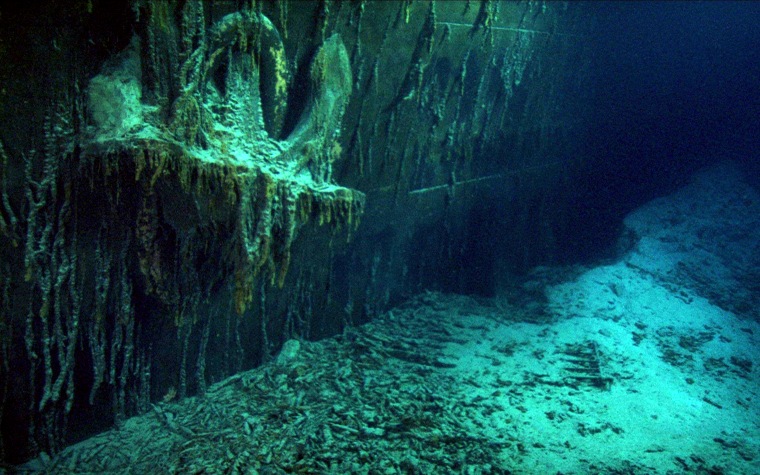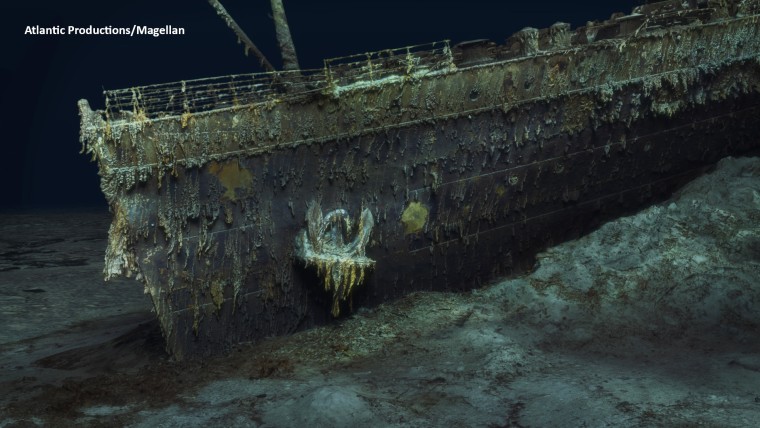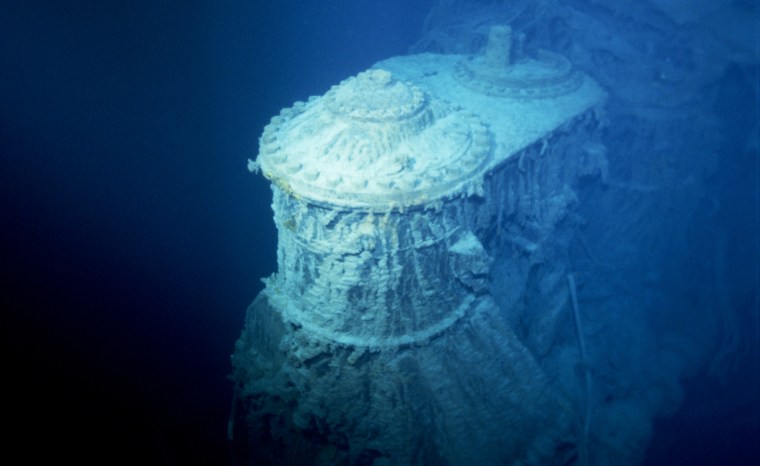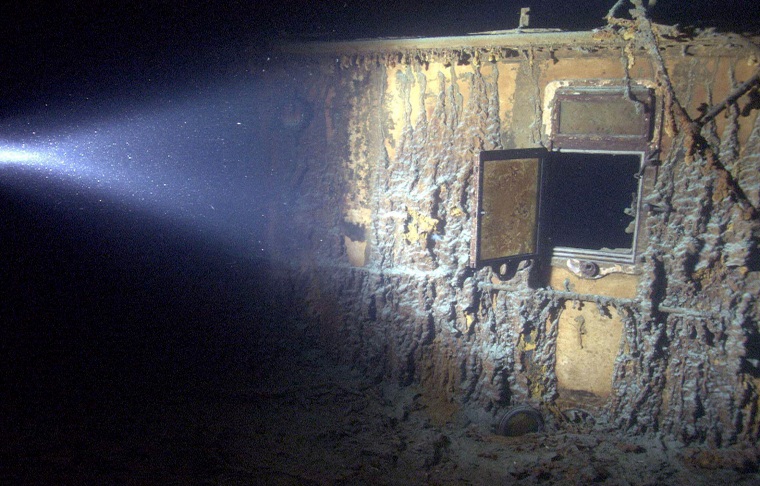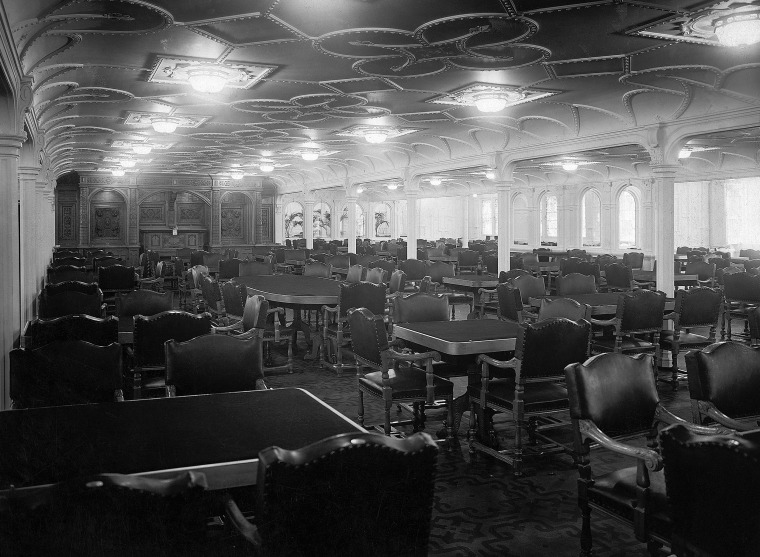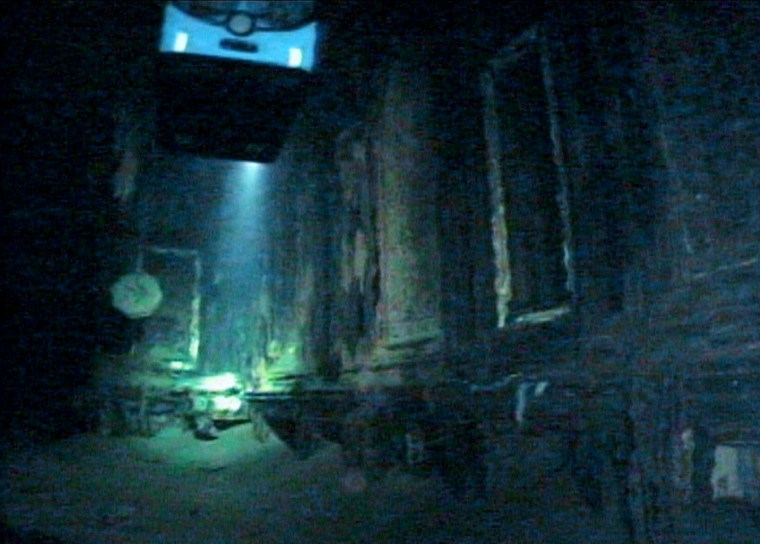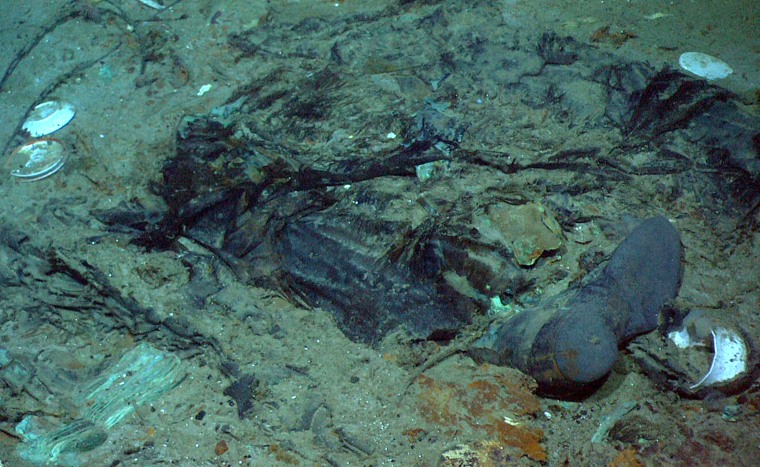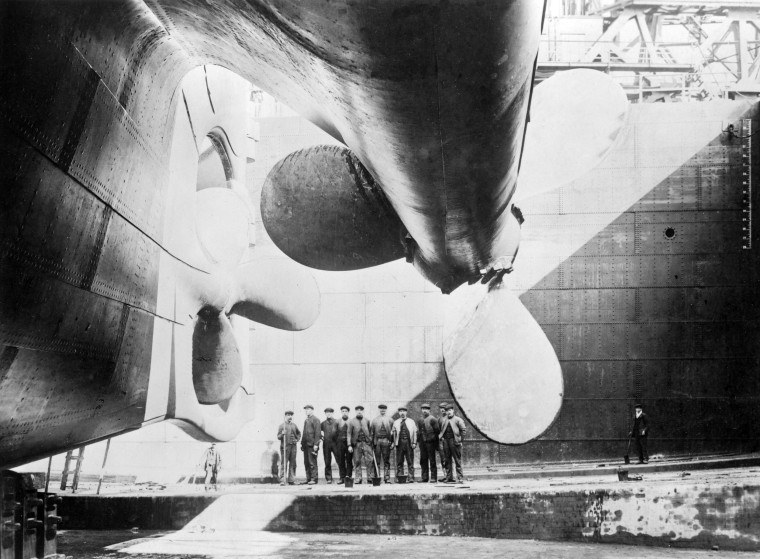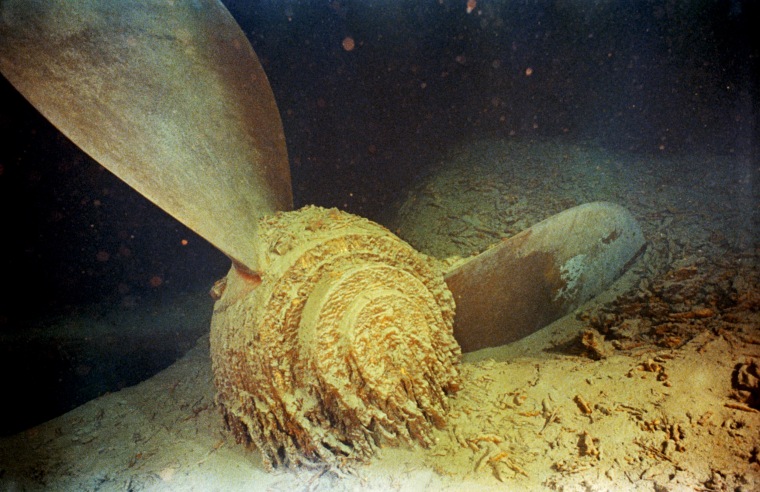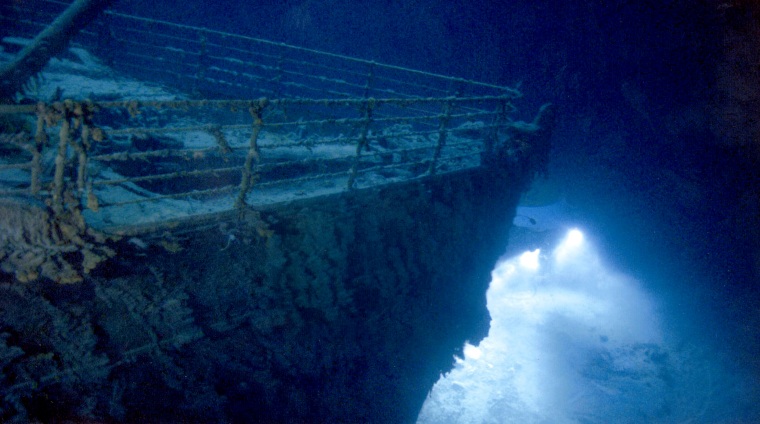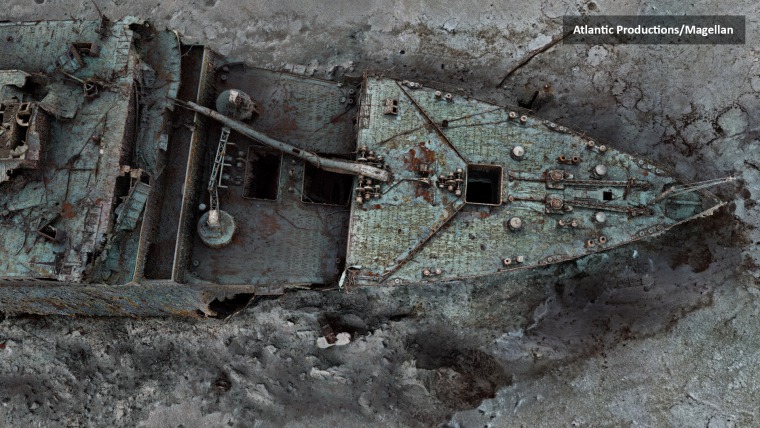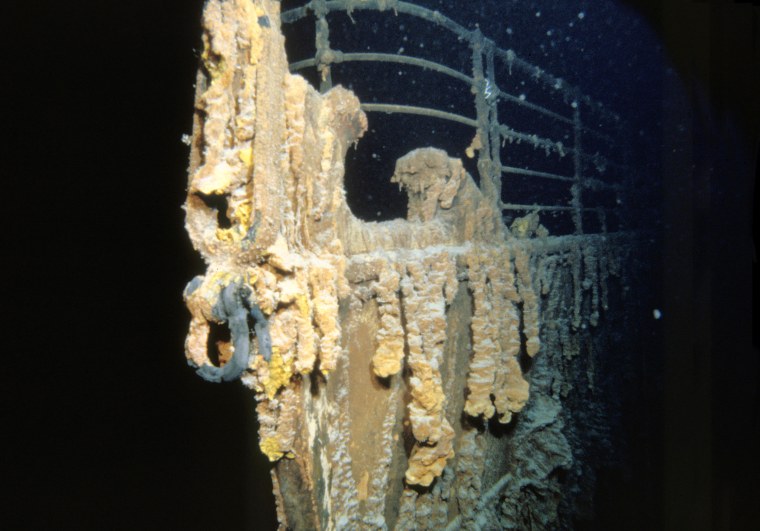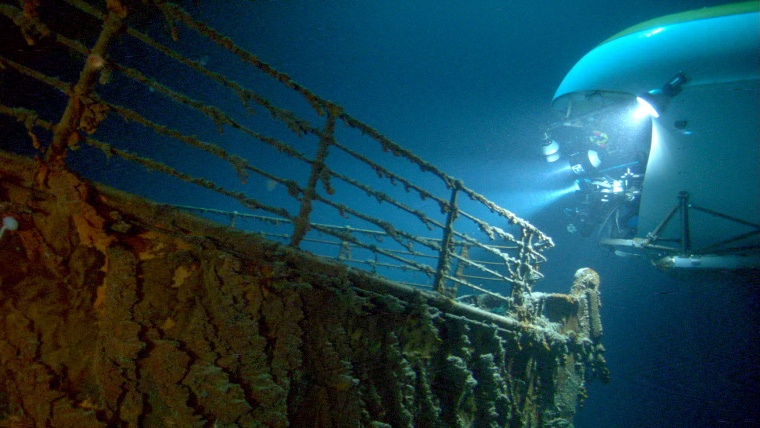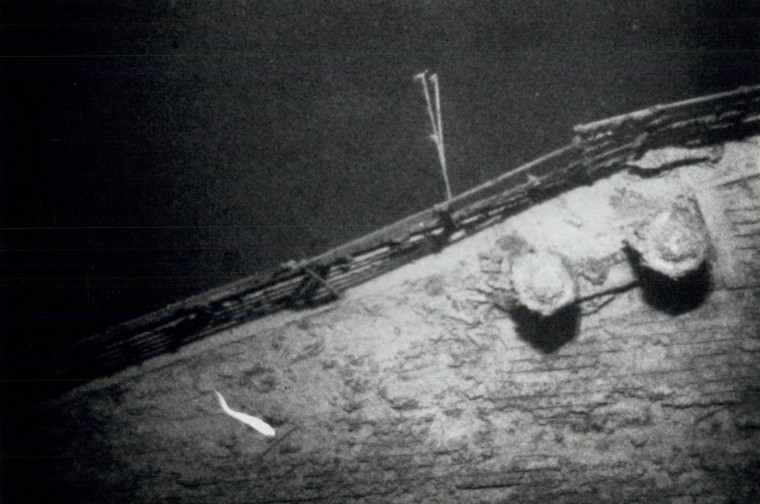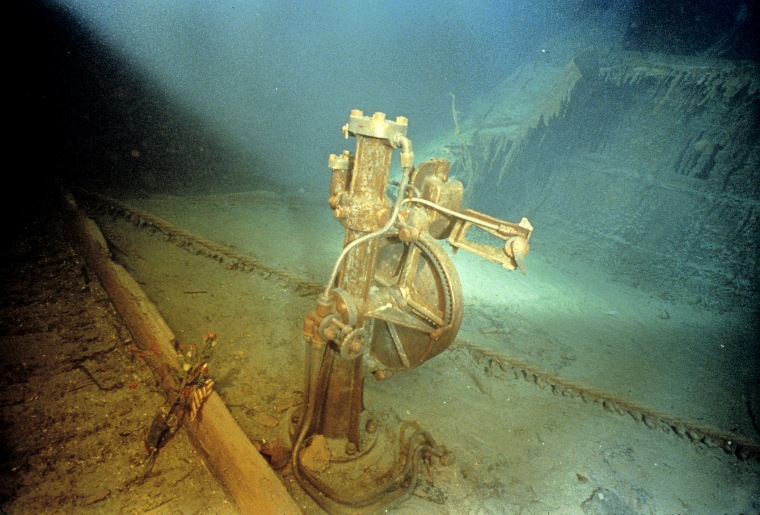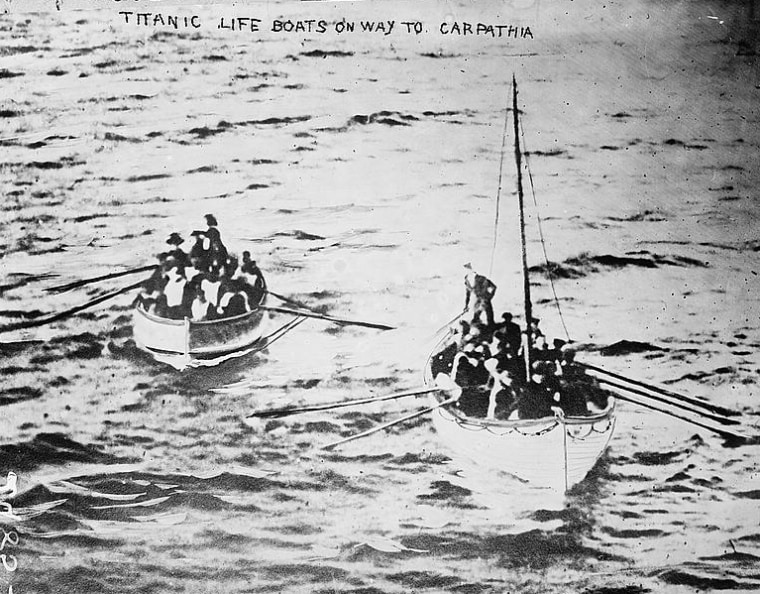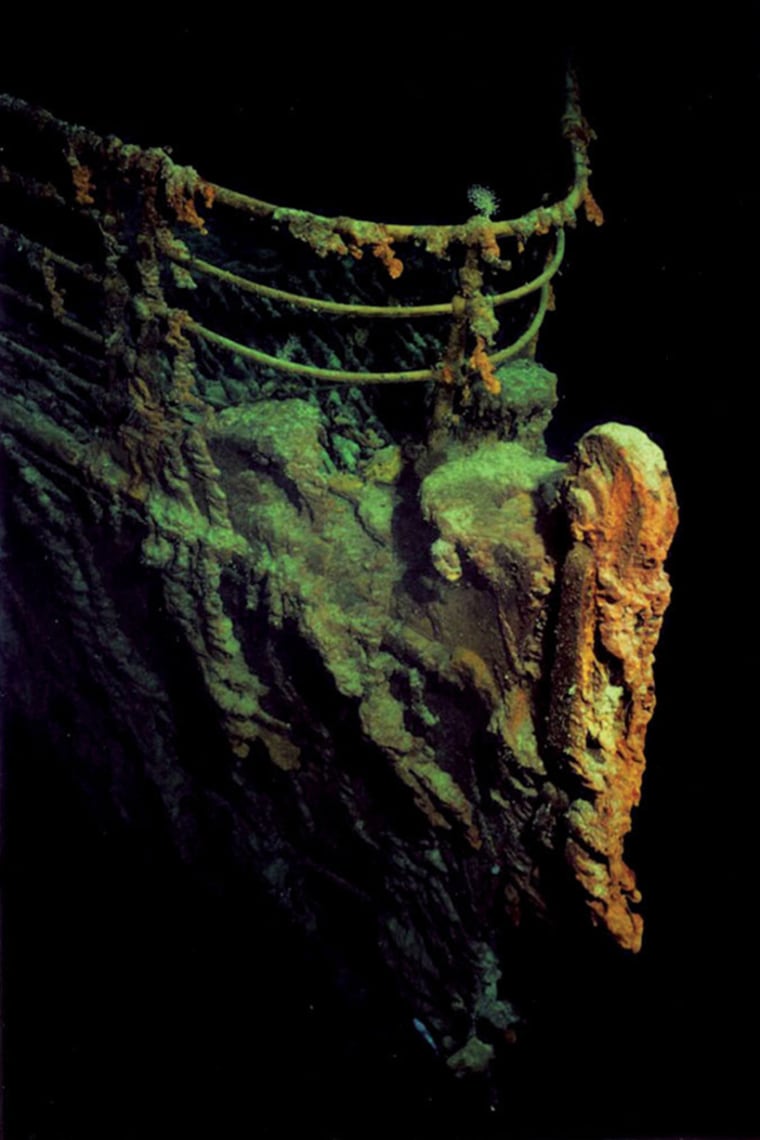Though the RMS Titanic descended into the depths of the ocean more than 100 years ago, new details of the famed wreckage continue to be discovered in the deep sea.
The Titanic, a behemoth in its time, was an ocean liner that spanned more than 880 feet long and weighed 46,329 tons when it departed on its maiden voyage April 10, 1912. The liner was hailed as a feat of engineering and boasted to be an "unsinkable ship" by the White Star Line company.
But a few days into its trip from England to New York, the Titanic hit an iceberg that caused it to sink within about three hours.
An estimated 1,522 people, both crew and passengers, were lost at sea and 705 survivors escaped on the ship's lifeboats, according to the Smithsonian Museum.
It took more than 70 years for divers to uncover the Titanic's resting place, roughly 350 miles off the coast of Newfoundland, Canada.
Last month, researchers revealed the first full-size digital scan of the Titanic. Previously, photos and videos captured after the 1985 discovery of the site were taken in pieces and incomplete, Parks Stephenson, a Titanic analyst and historian, told NBC News at the time.
The new 3D scan provided the first opportunity to view the Titanic's remains in full, without being pieced together by historians and scientists.
More than a century later, fascination with the lore of the Titanic remains strong thanks to fast-moving technological innovation, which allows to keep extracting new details about the liner's doomed voyage.

